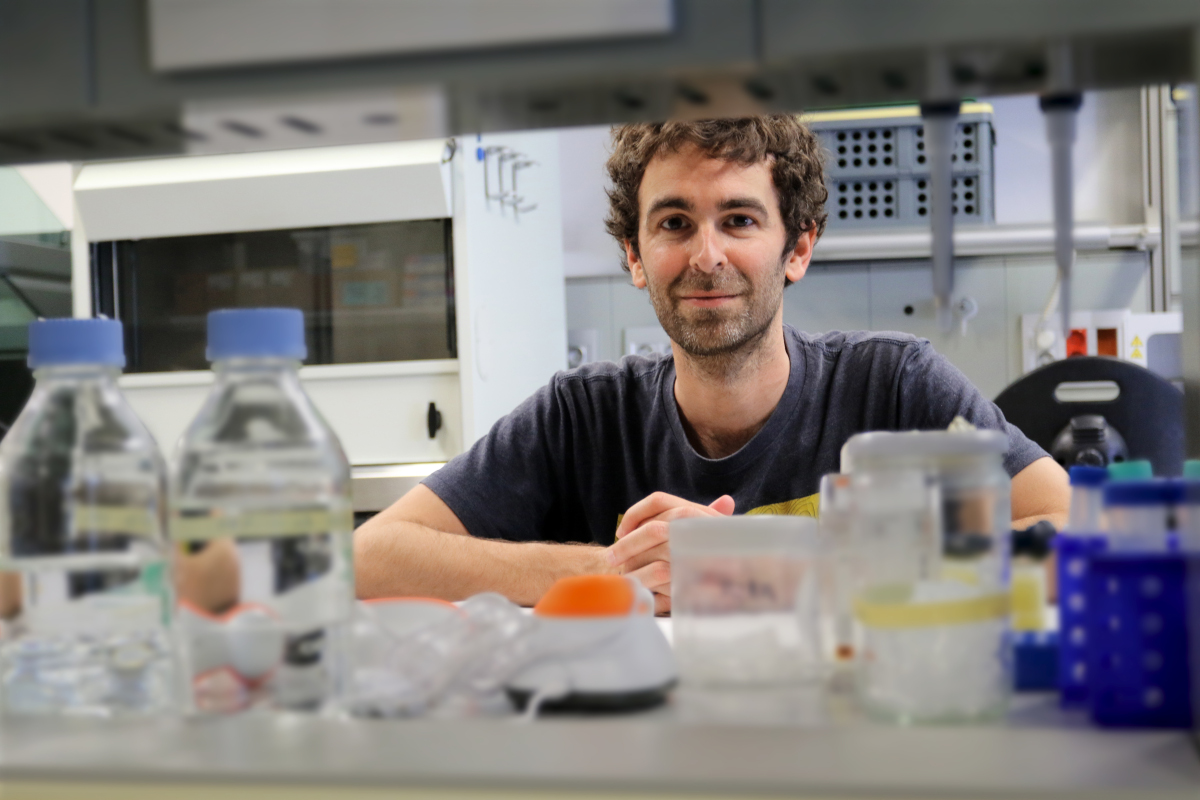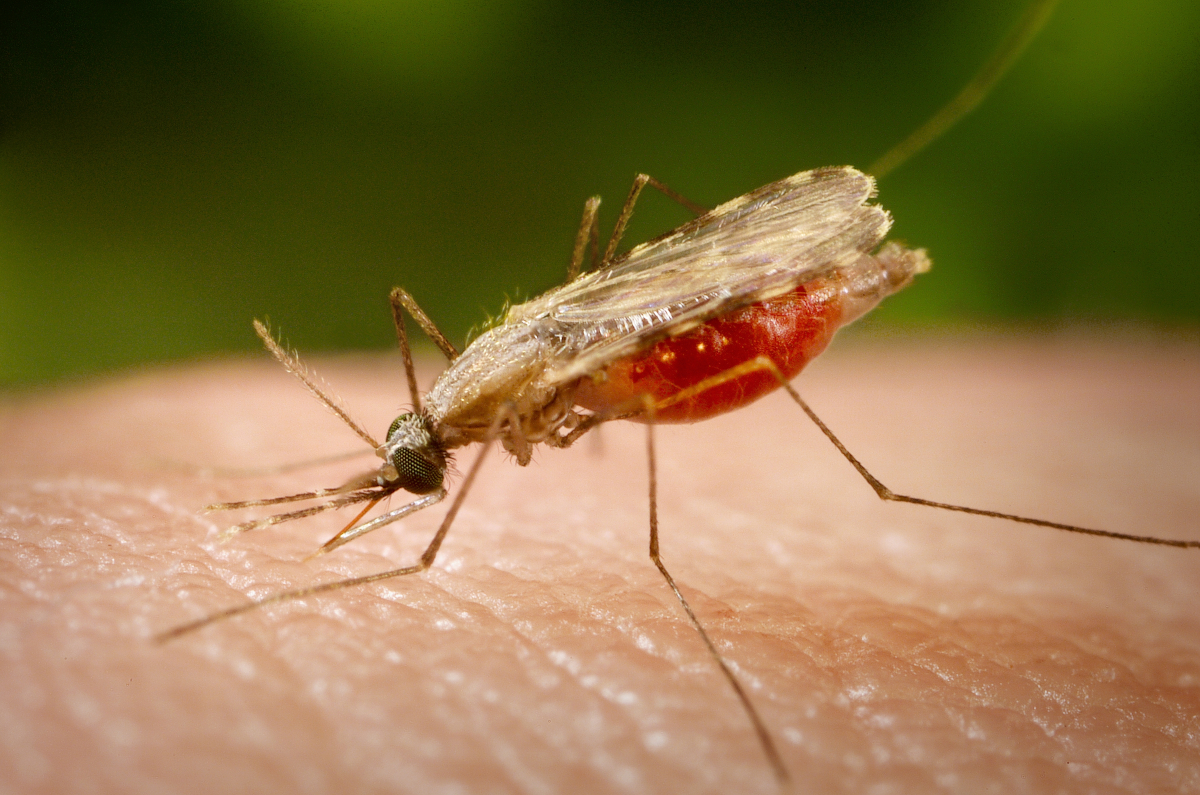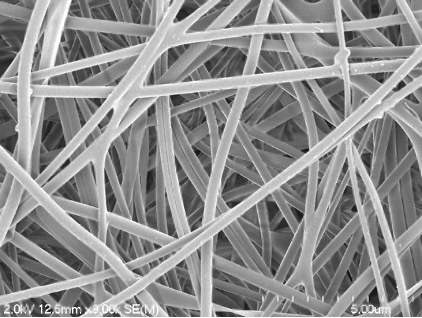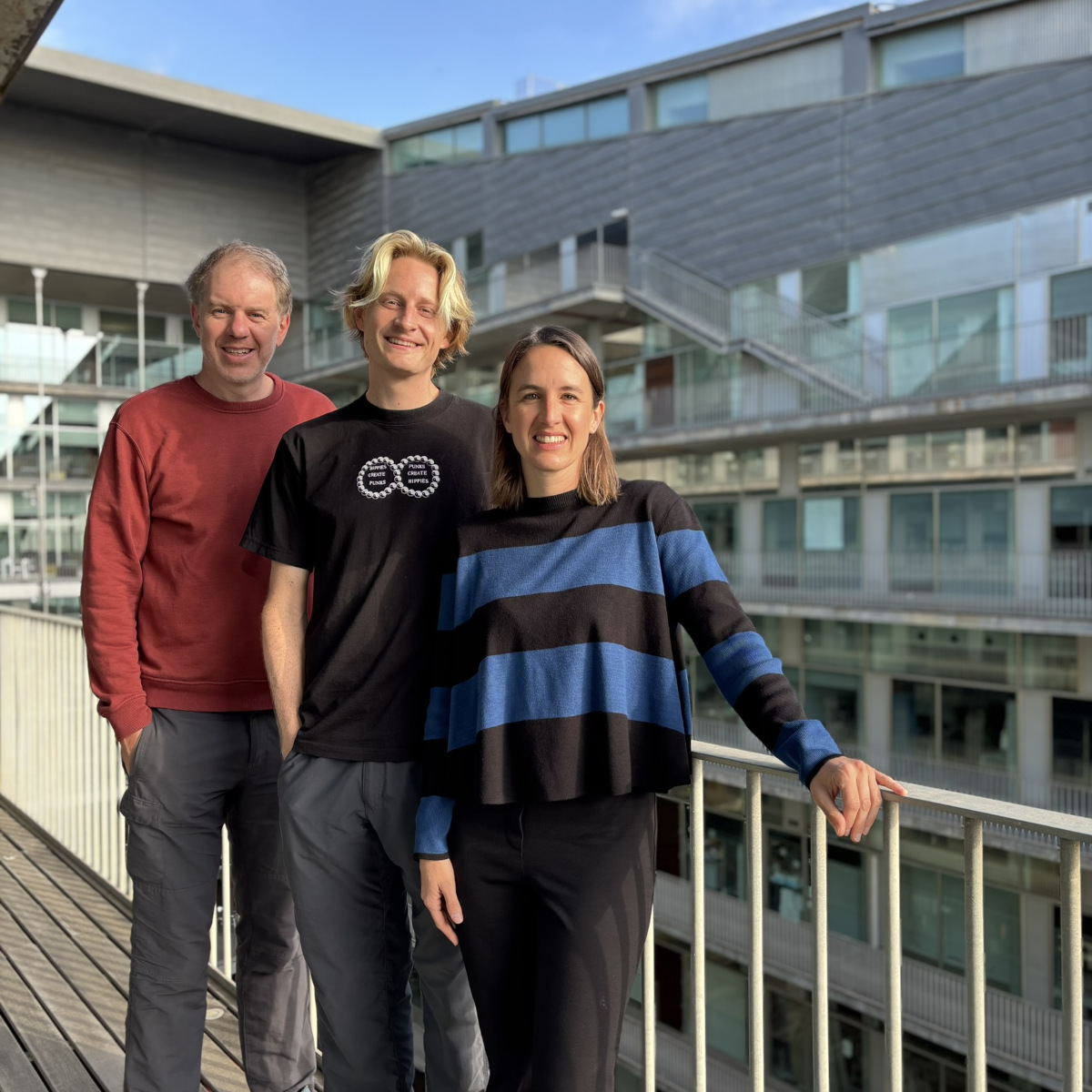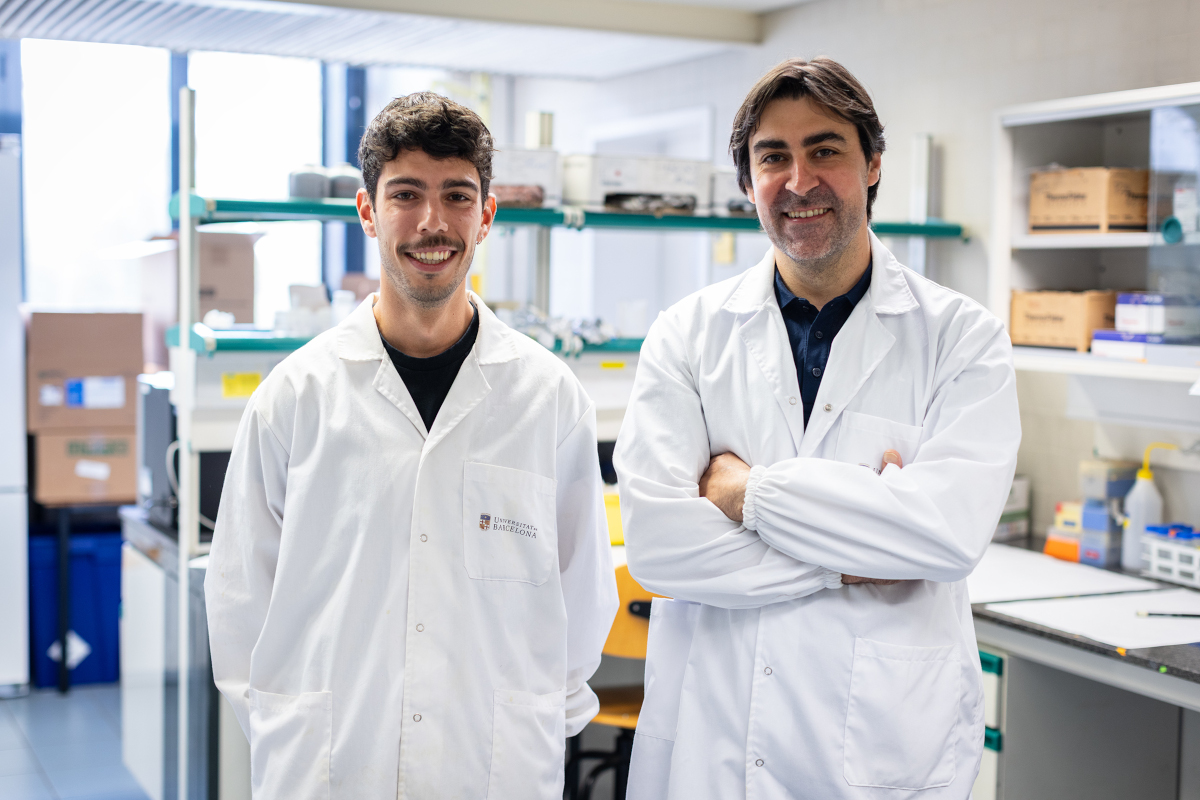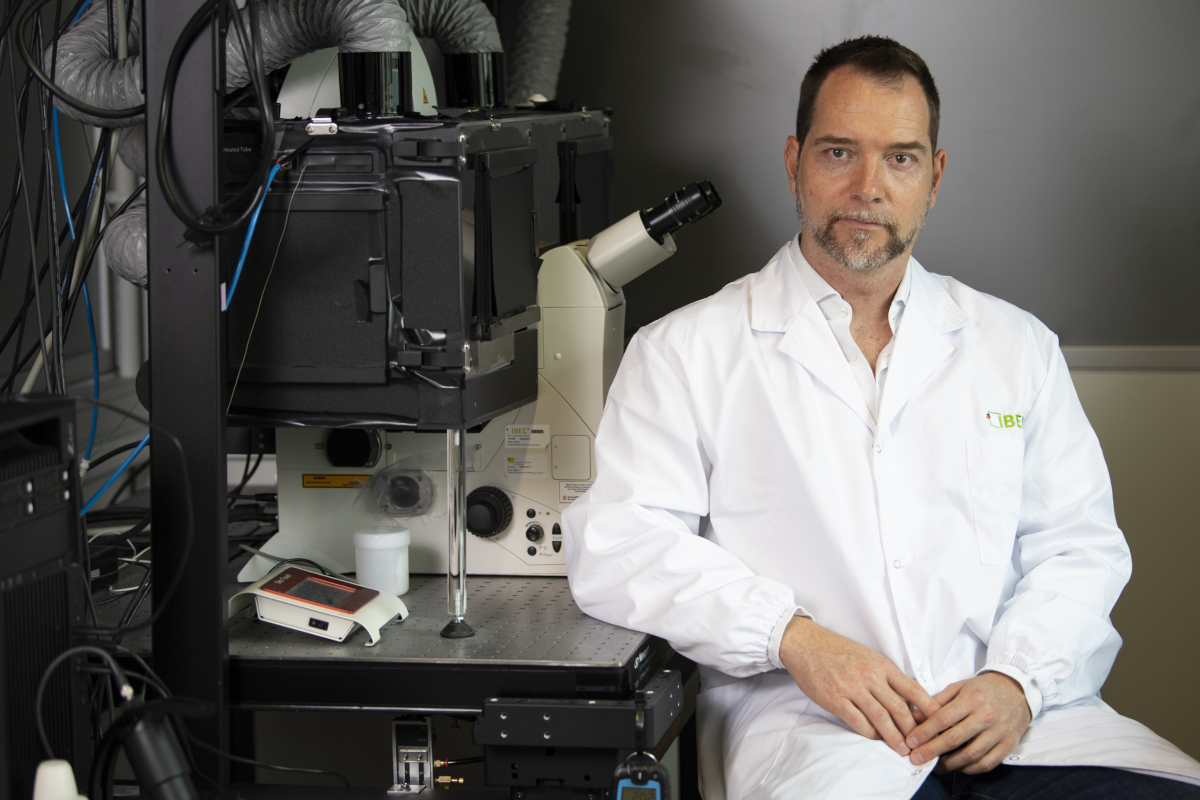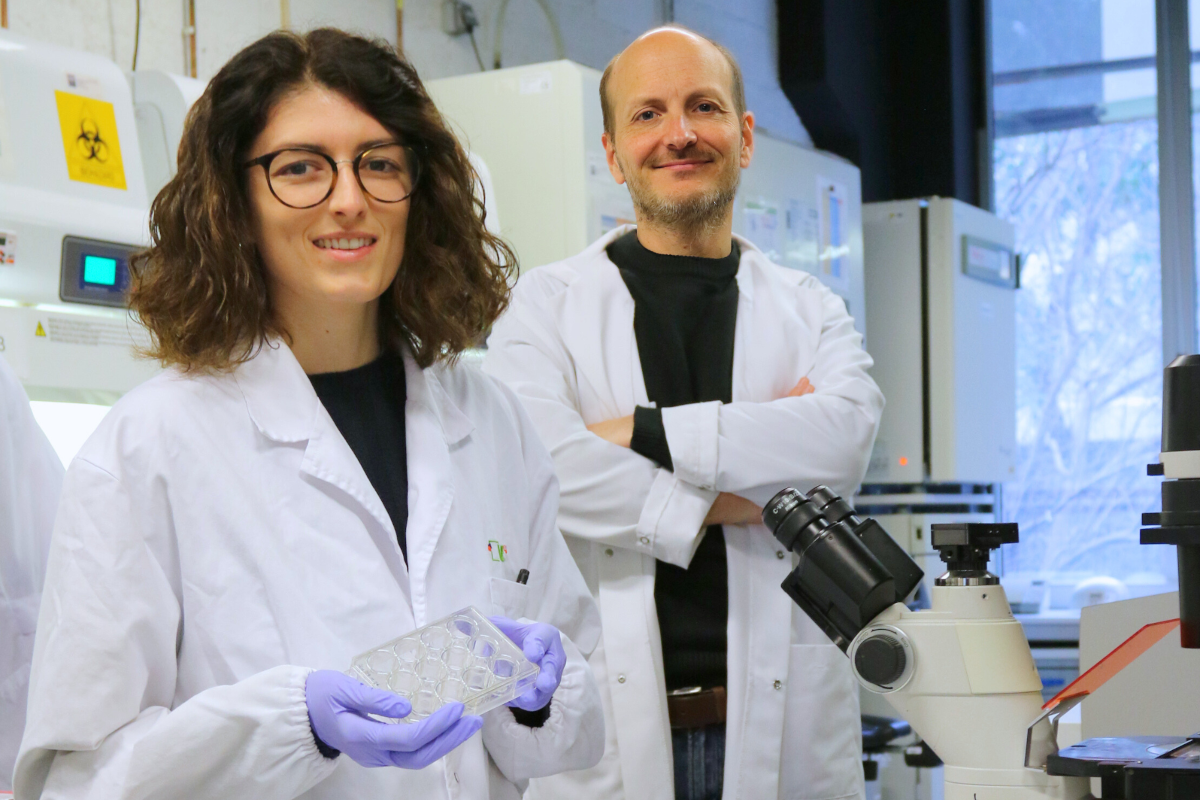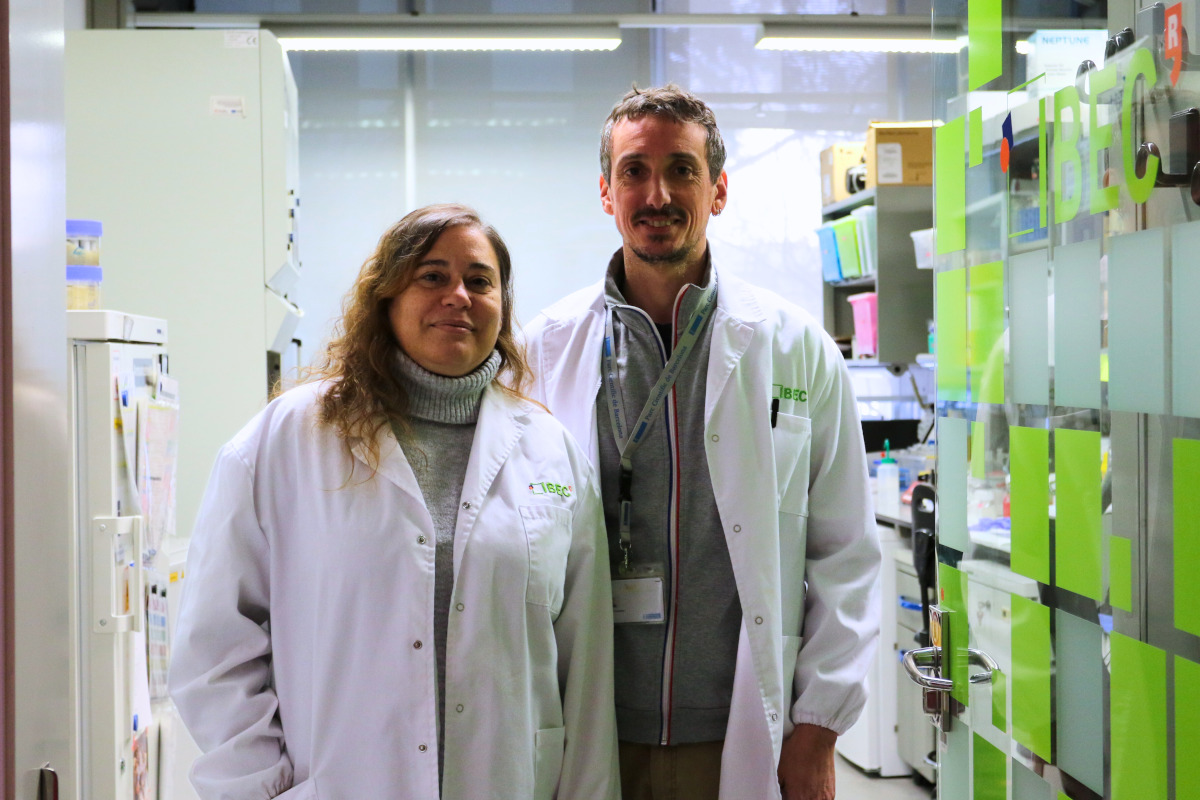New technology for mass serological analysis
A study by Stanford University and the Institute for Bioengineering of Catalonia describes an innovative technology that enables the large-scale analysis of antibodies in biological samples. Using microscopic beads marked with stable isotopes, this advance surpasses traditional techniques, accelerating the study of immune responses and opening up new possibilities for biomedical research.

